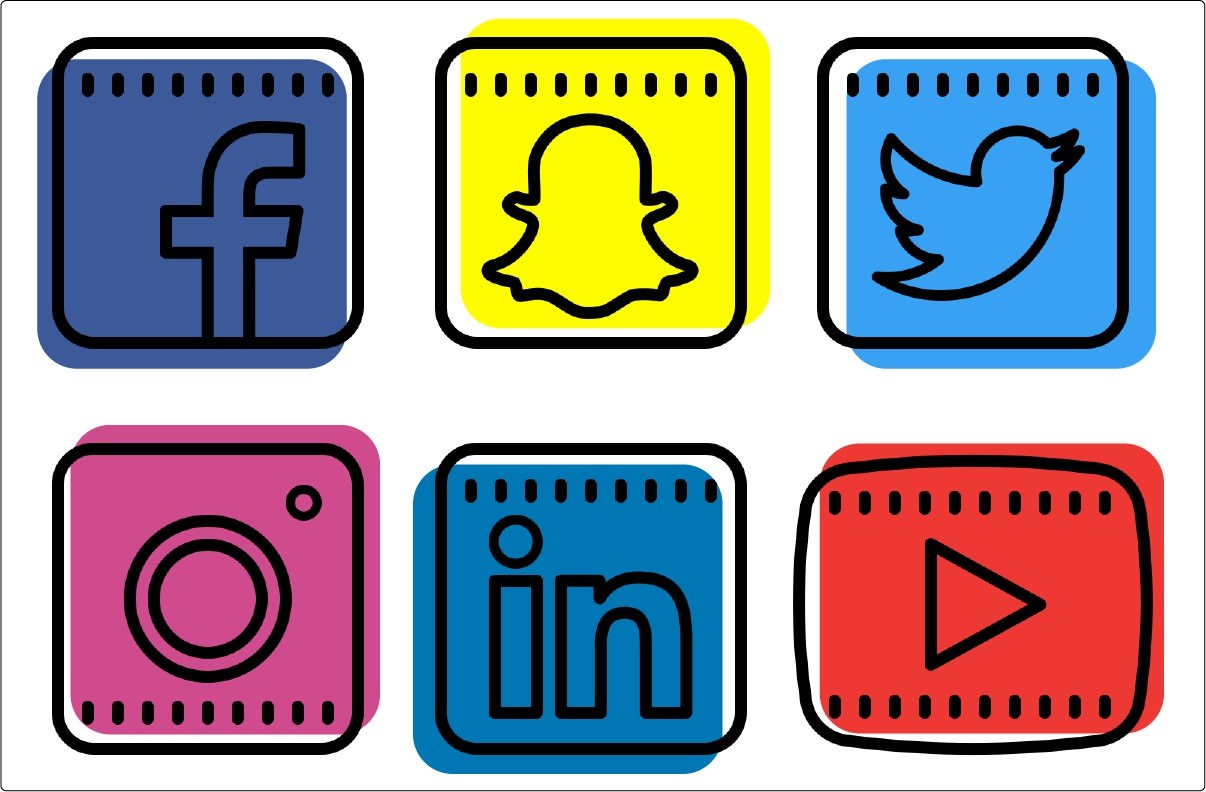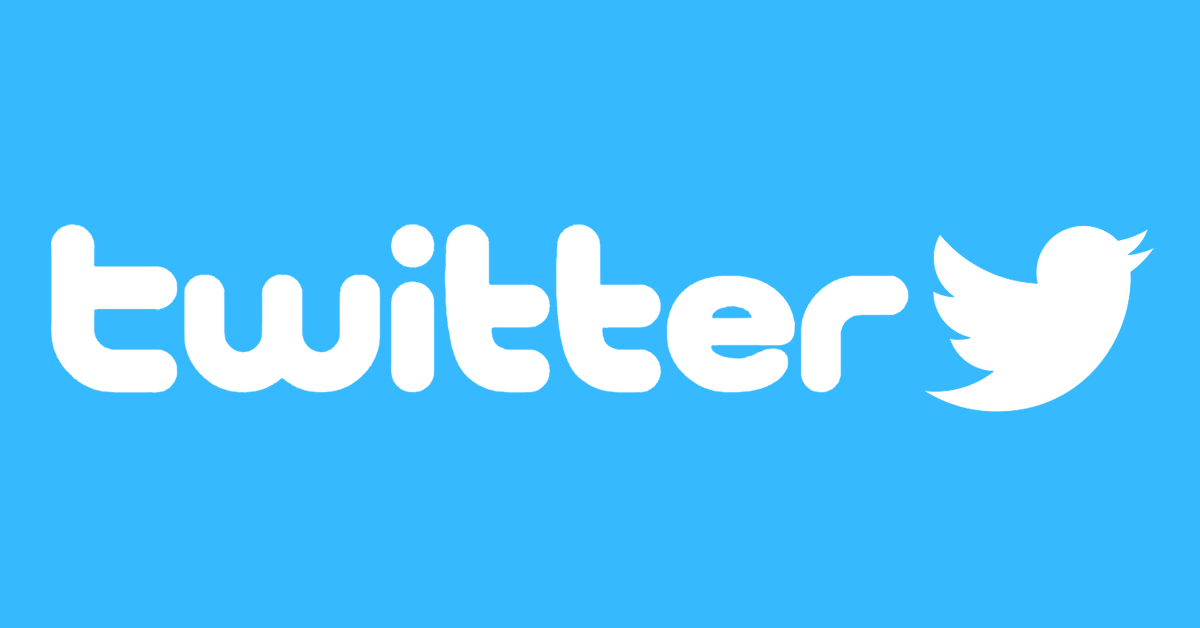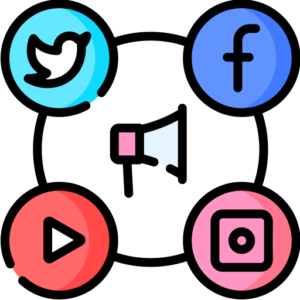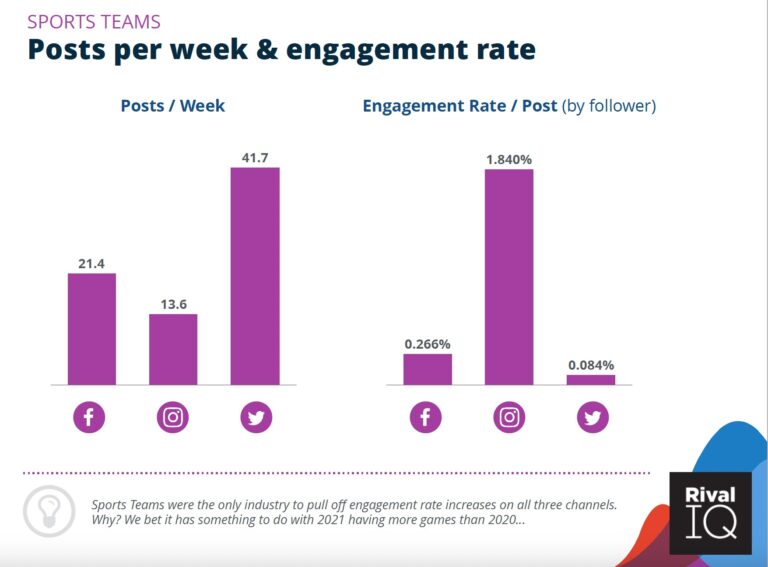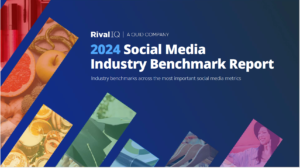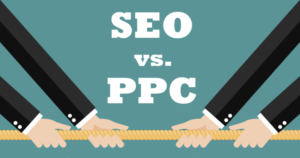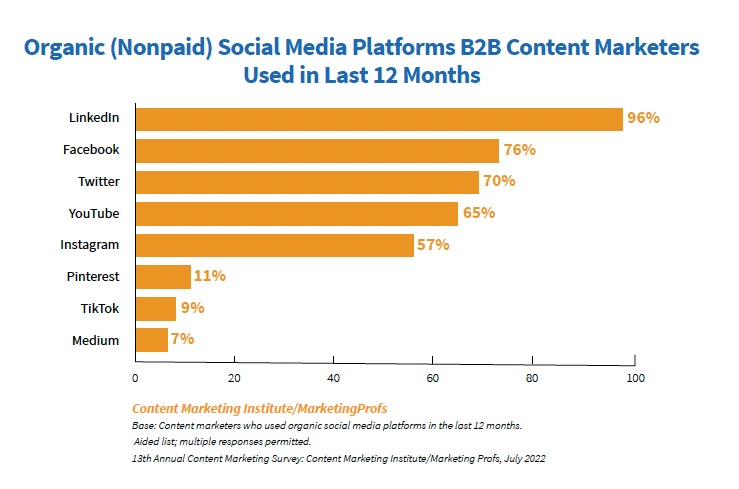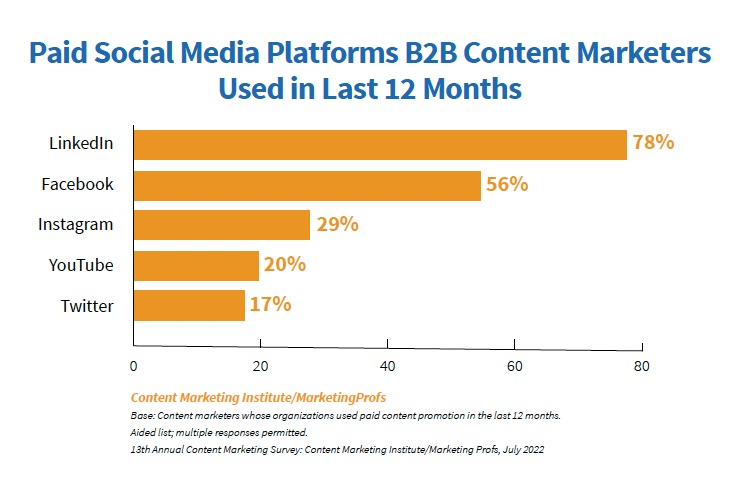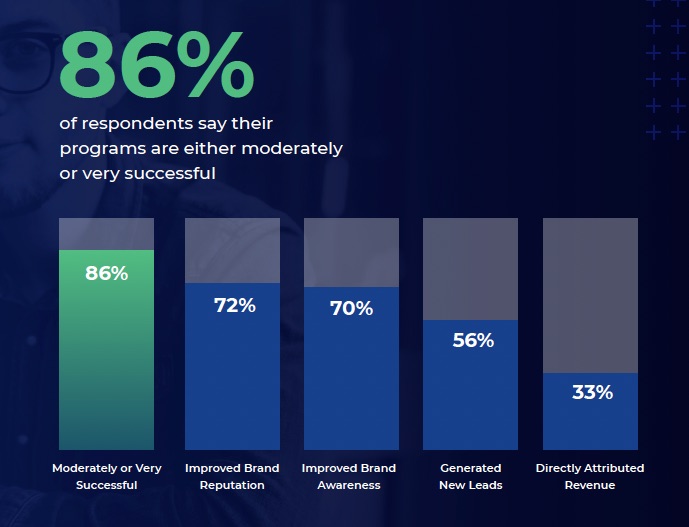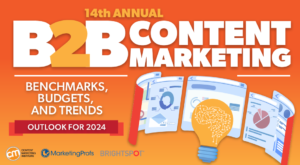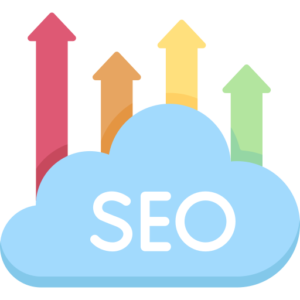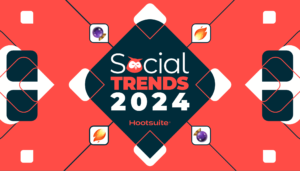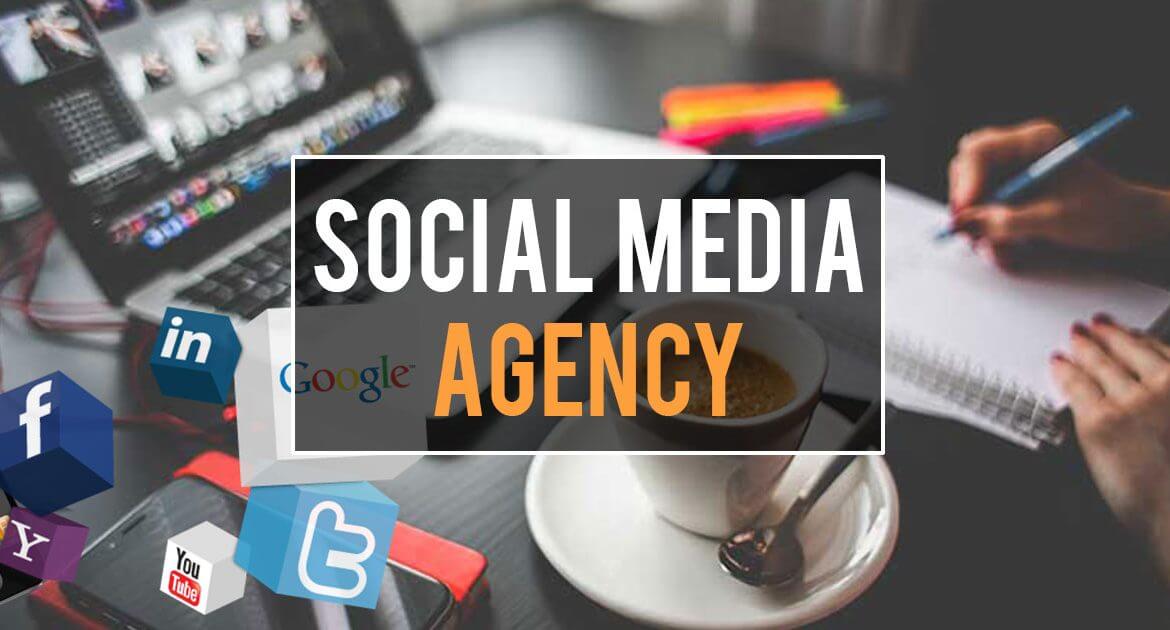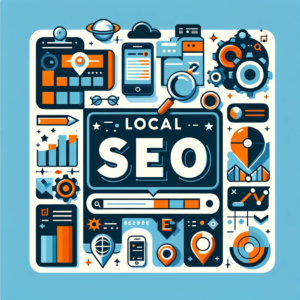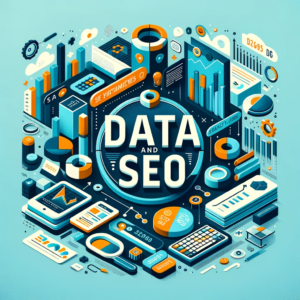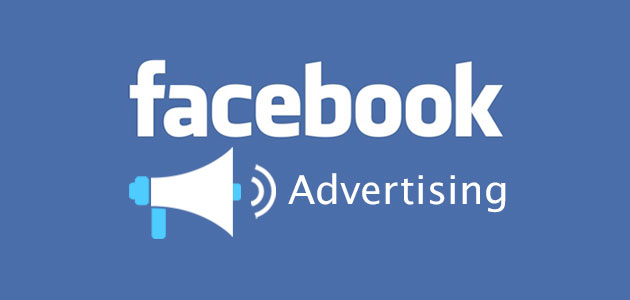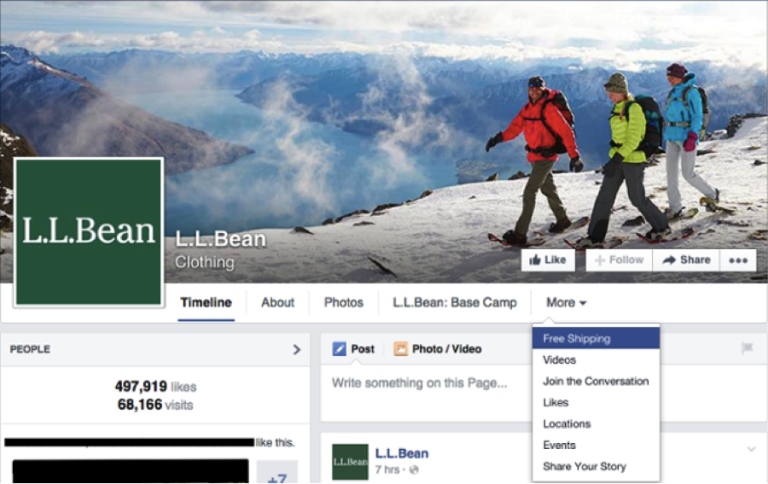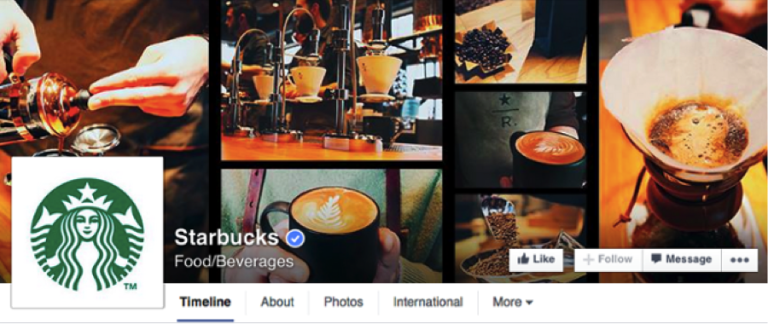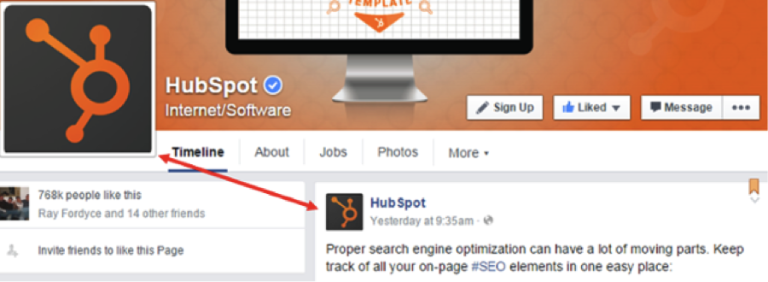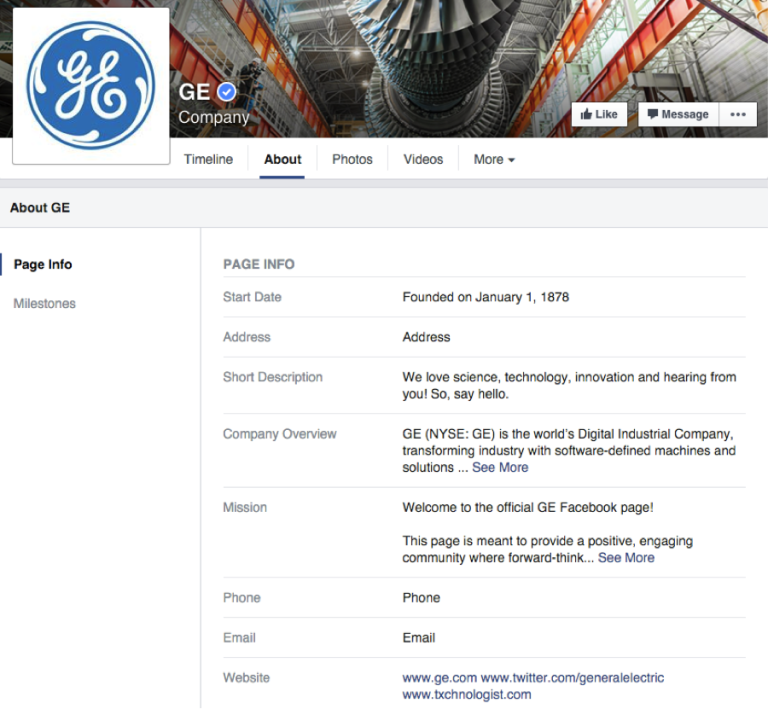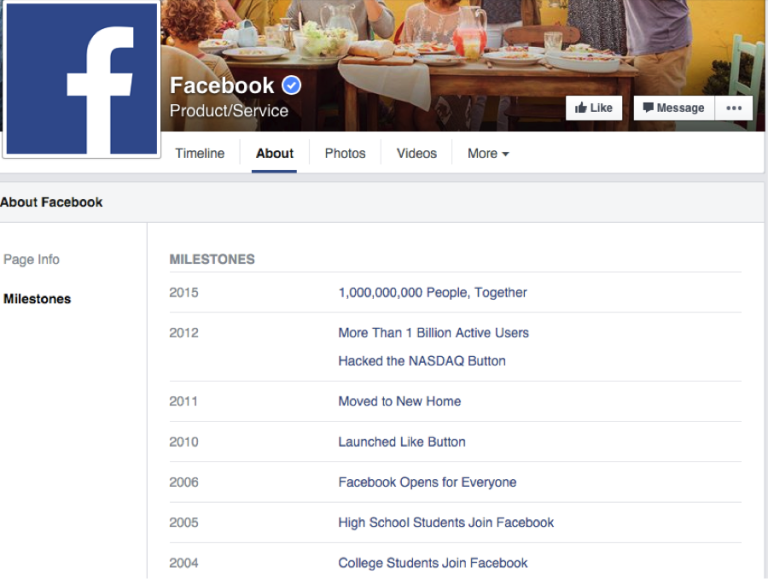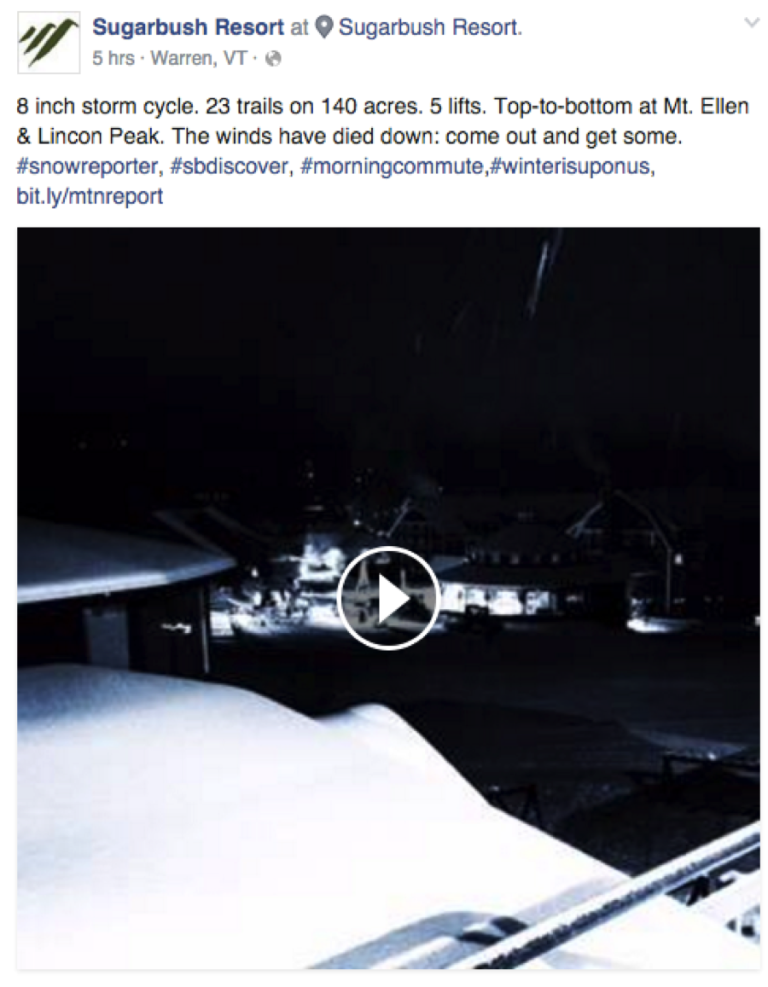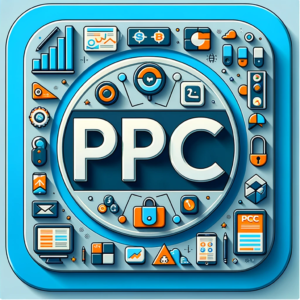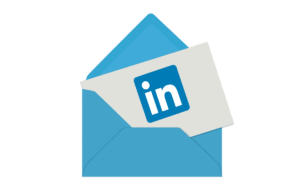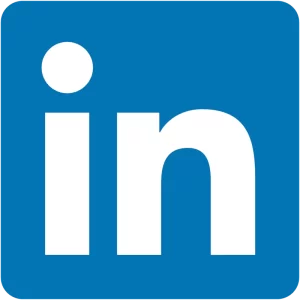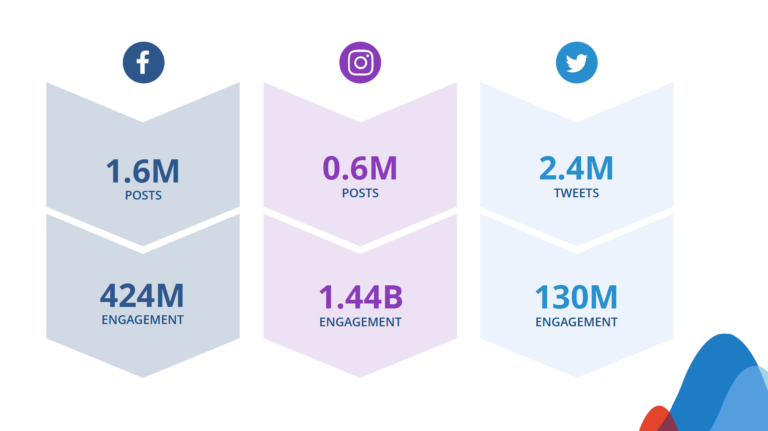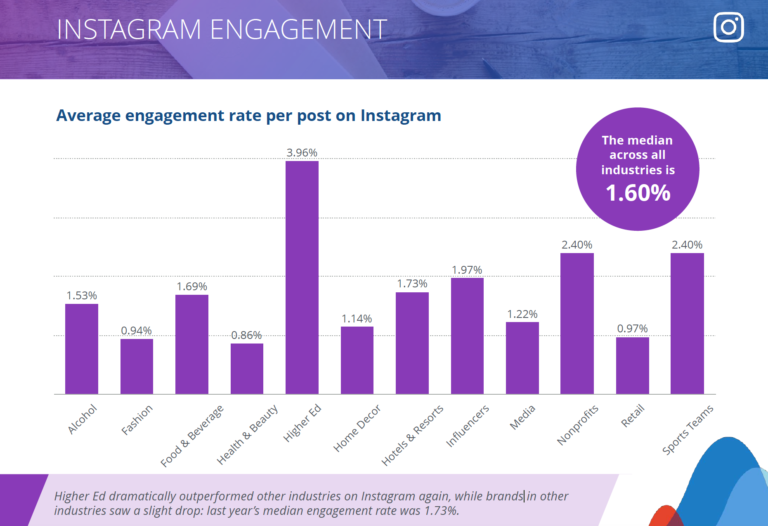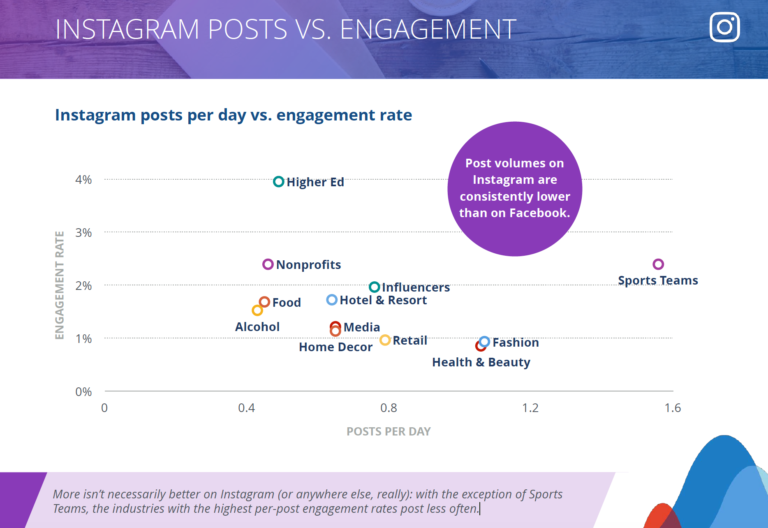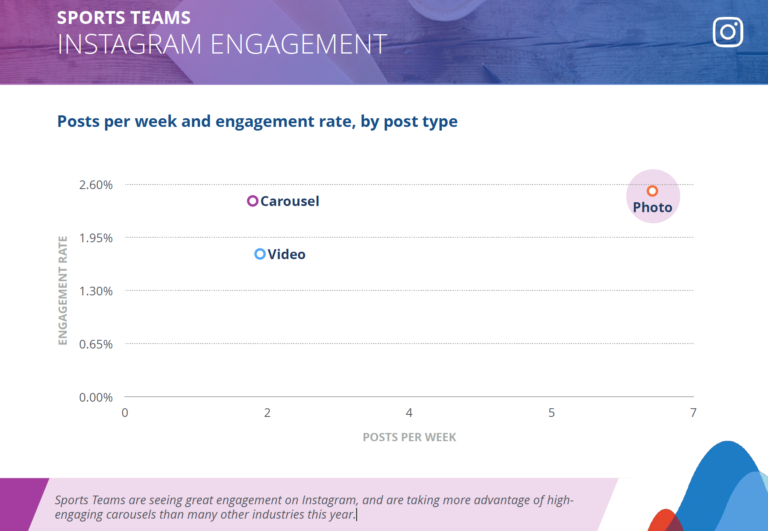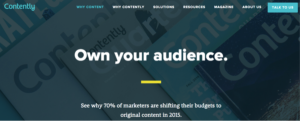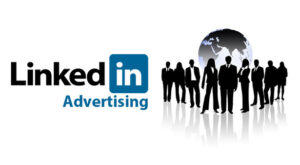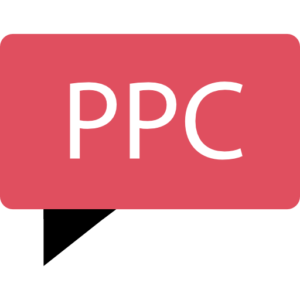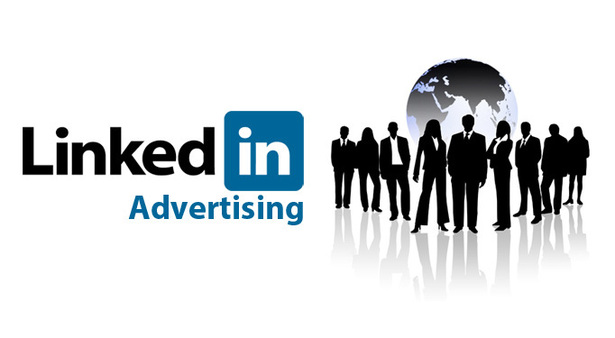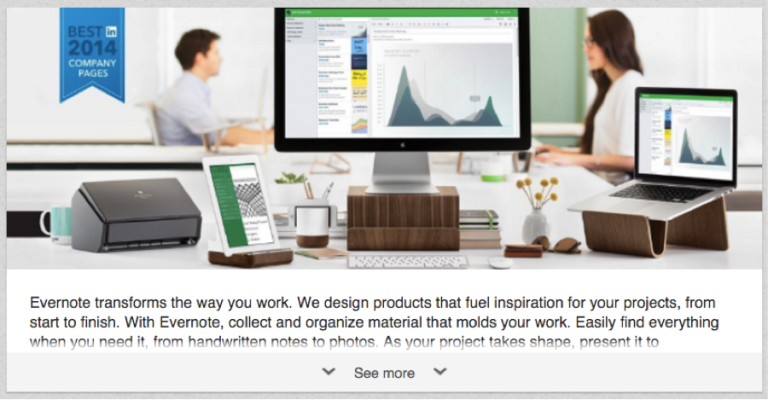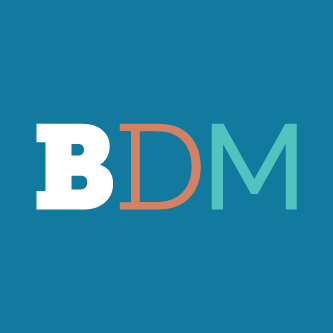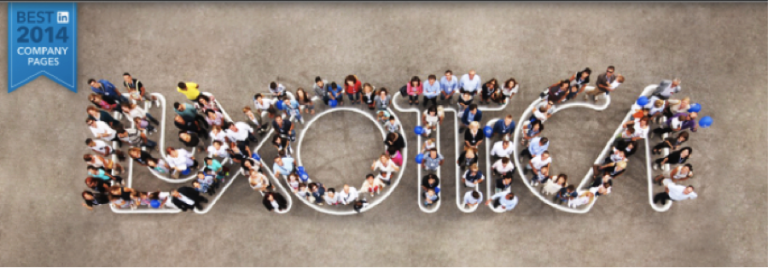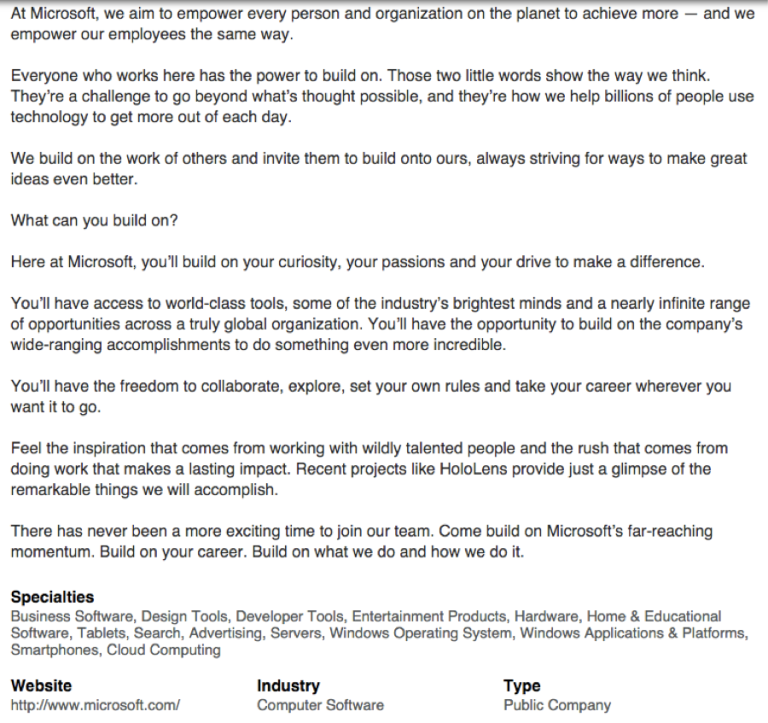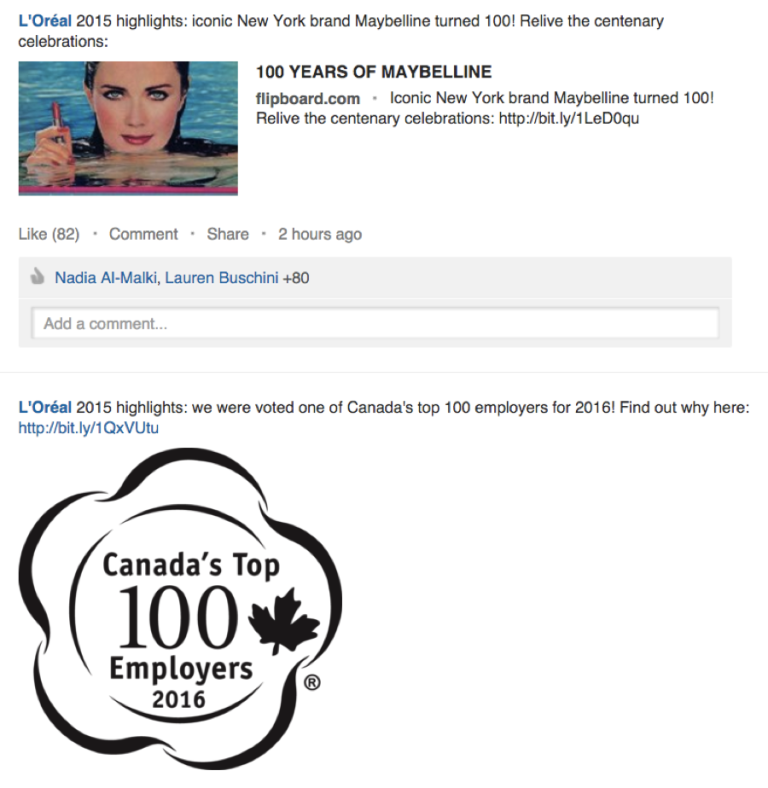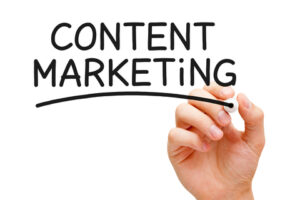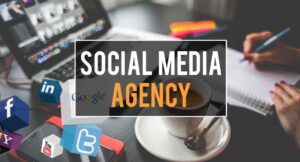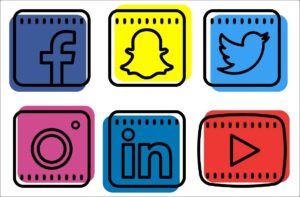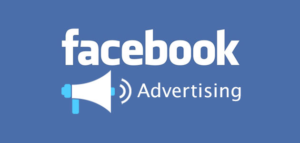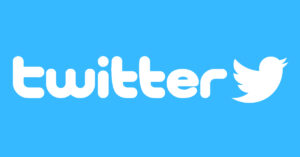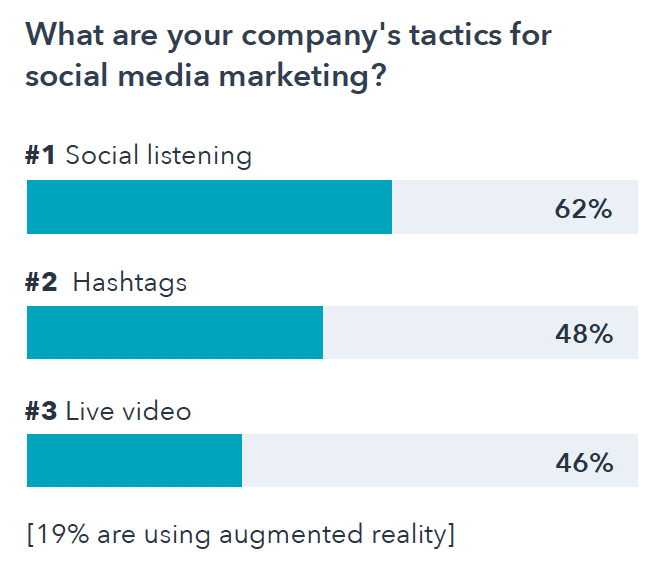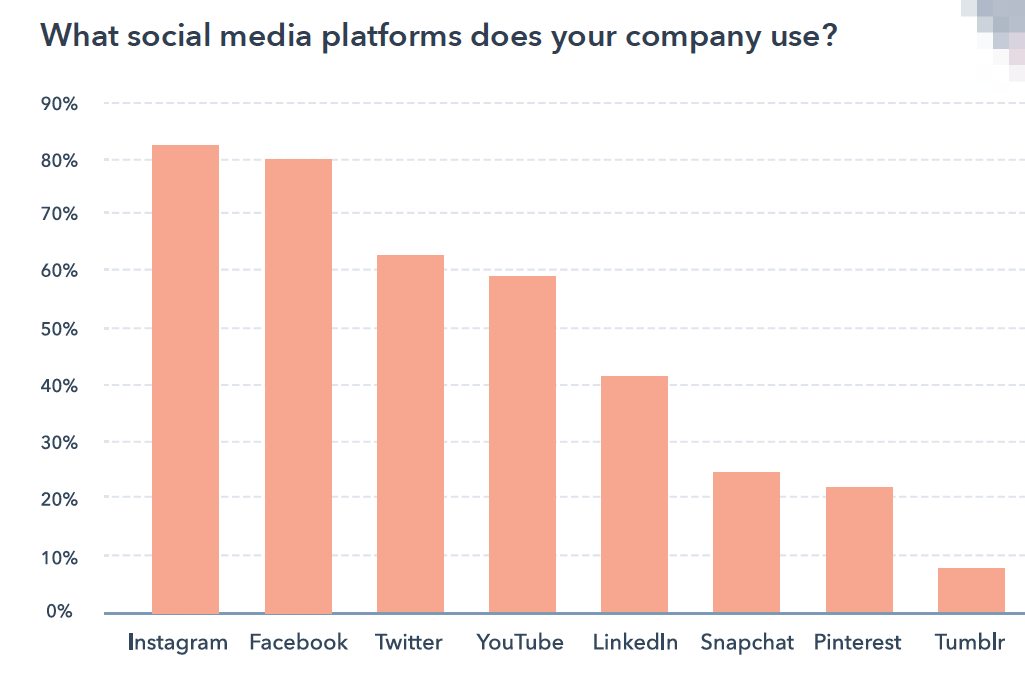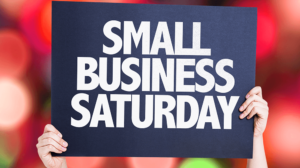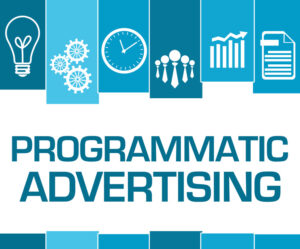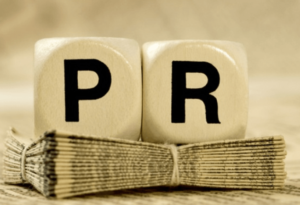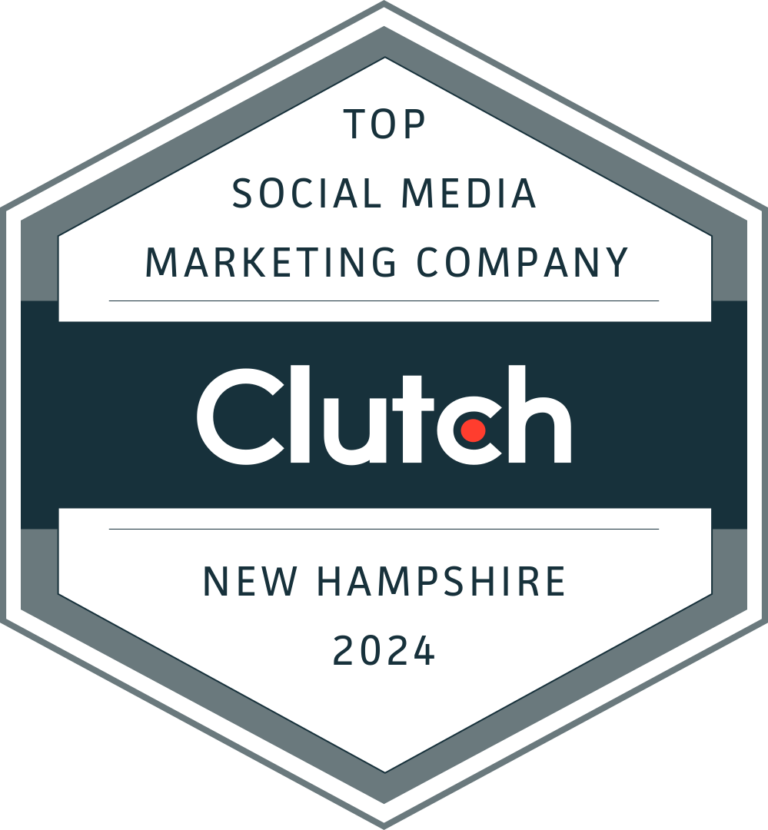
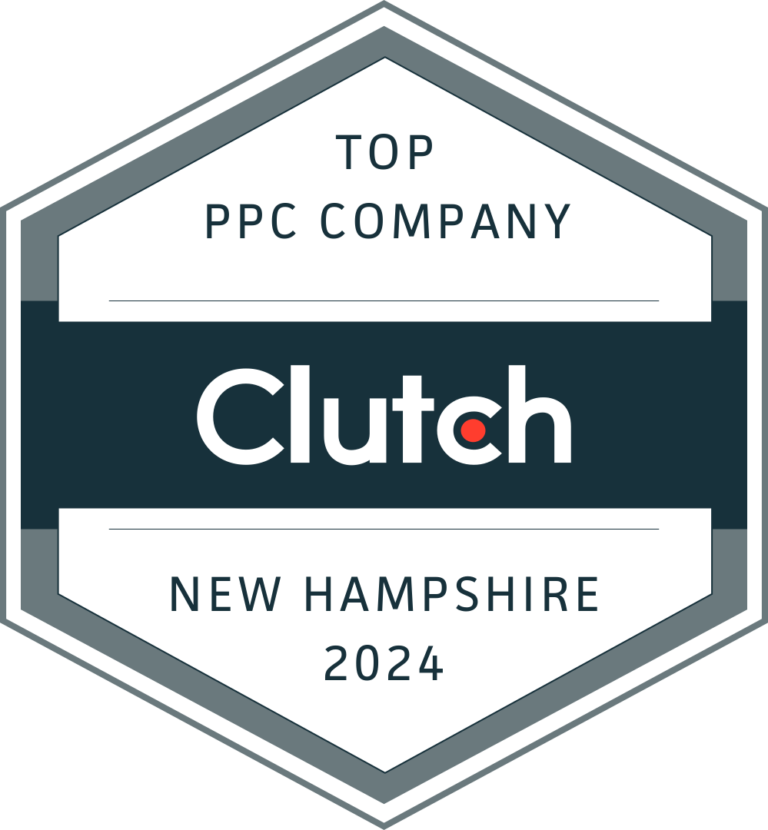
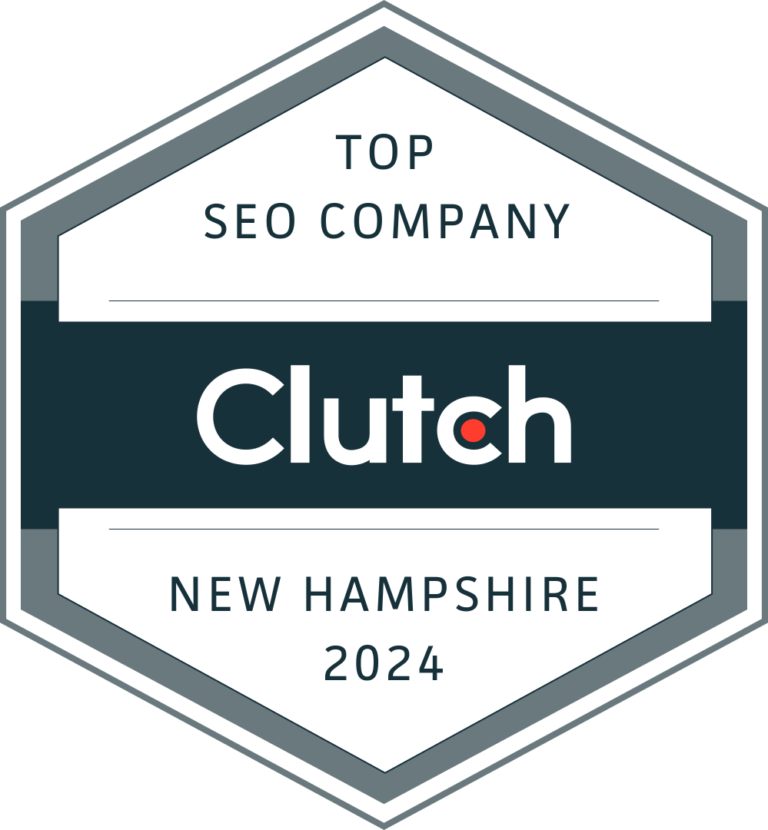
How Many Social Media Platforms Should You Focus On?
One of the challenges that a lot of companies struggle with is that they know that to be successful, you need to be visible on social media. But how much social media is the right amount of social media?
When it comes to social media, I believe that the answer is always the same: focus on the platforms that are most relevant to your business. It doesn’t matter if you’re a small business or a large corporation, there’s one thing that remains true for everyone – it’s better to be active and engaged on a few platforms than spread yourself too thin across many. That being said, how do you decide which social media platforms are right for your business? Let’s take a look at some of the factors to consider when making this decision.
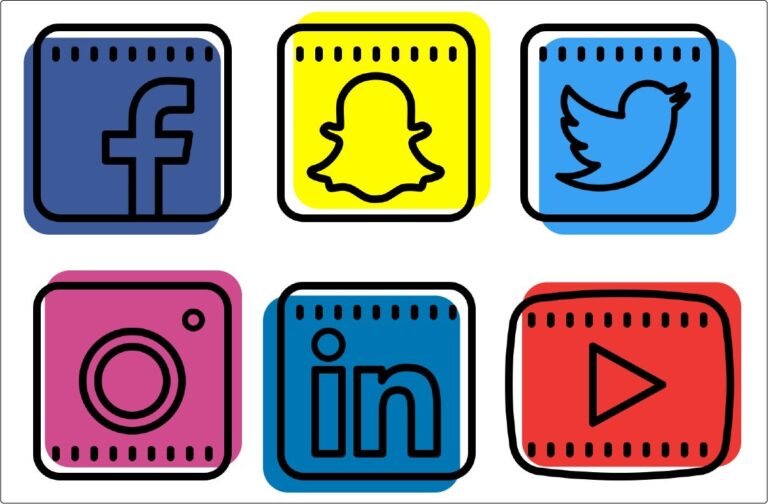
What Social Media Platforms Does Your Audience Use?
Know Your Goals
What Are Your Social Media Resources?
Choose A Few Channels And Invest In Them
Once you know who your audience is and what social media channels they use, it’s time to make the decision about which platforms to focus on. By focusing on one or two platforms instead of trying to be everywhere at once, you are able to create better relationships with customers and build trust with them over time. Through effective engagement strategies such as responding quickly to comments and messages, answering questions people have about your product or service, or providing helpful advice related to your industry, you can deepen these relationships even further. And this leads directly back to increased sales for your business!
When it comes down to it, there is no hard-and-fast answer as far as how many social media platforms a business should focus on. It all depends on factors like resources available, target audience demographics, and results from testing various strategies and approaches across different networks. However one thing is certain, having an effective social media presence is essential if businesses want their brands seen by potential customers in today’s digital world!
Recent Posts
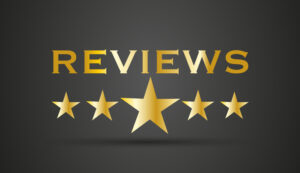
The Power of Online Reviews for Small Businesses
The Power of Online Reviews for Small Businesses As a small business owner, you may be wondering why online reviews are so important. Online reviews
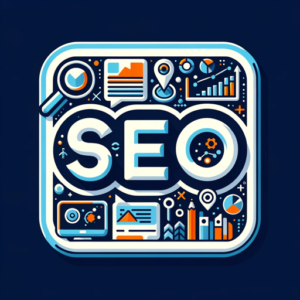
Five Most Important SEO Metrics
The Five Most Important SEO Metrics I recently came across the HubSpot State of Marketing report which showed how companies measure the success of their
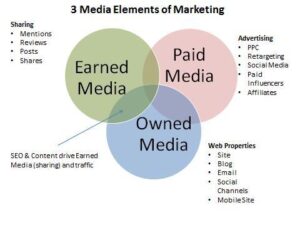
The Three Traffic Sources For Startups
The Three Traffic Sources For Startups I was recently re-reading Randall Stross’s book, The Launch Pad: Inside Y Combinator, Silicon Valley’s Most Exclusive School for

SEO: The Key to Sustainable Business Growth
SEO: The Key to Sustainable Business Growth Search Engine OptimizationIn today’s digital landscape, businesses can no longer afford to underestimate the power of search engine
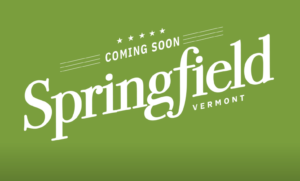
Vermont Web Design
Springfield802.com Partners with Braveheart Digital Marketing to Enhance Online Presence Springfield802.com, the premier digital platform for Springfield, Vermont, today announced a partnership with Braveheart Digital

AI In Digital Marketing
Mastering AI in Digital Marketing Today, the digital world changes fast, thanks to new tech. In this landscape, Artificial Intelligence (AI) is a big deal,
